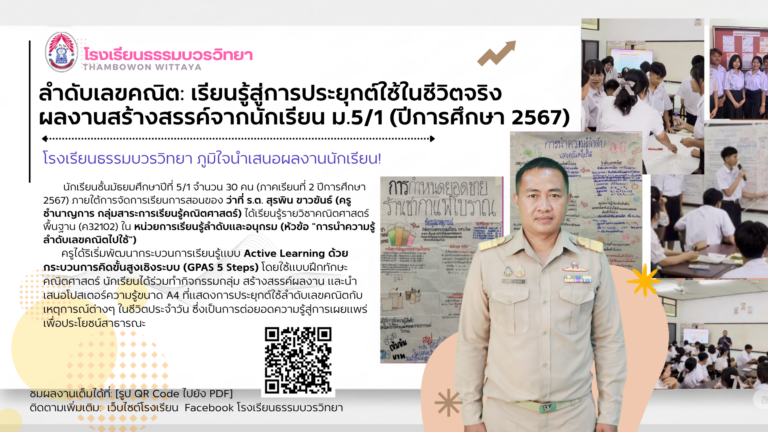If nobody knows how to use your async communication methods, it’s unlikely they’ll be able to communicate efficiently. As a result, they’ll either a) revert to meetings, or b) not communicate at all. Synchronous communication provides realtime interaction platform to the teams. Some of the prominent examples that provide synchronous communication include Microsoft Teams, Zoom, Skype, and Google Meet among others.
For instance, in the above example, your coworker is busy and can’t properly comprehend the information you’re providing when you visit her desk. Instead, she asks you to segue into some form of asynchronous communication – i.e. Slack, or email – so that she can receive, take in, and respond to your information on her own time. Really, then, comms wins wars, but only if allowed to function unimpeded. How can we compensate for discontinuous comms and maintain the communication needed for success?
Best Ways To Establish Work From Home Self-Discipline Among Remote Employees
Follow these best practices and be sure to switch to real-time communication in especially sensitive or impactful situations. With practice, you’ll see how incorporating asynchronous communication saves time and money while boosting productivity. With asynchronous communication, you don’t need to expose yourself to frequent meetings that https://remotemode.net/ drain your energy reserves and leave you feeling depleted. That might sound counterintuitive, but if you trust in the idea of deep work, then you’ll understand why. While there are certainly some who believe the old-fashioned in-person meeting is most effective for of real time communication, this isn’t always the best approach.
Video recording tools allow you to capture higher quality video messages and share them with anybody in the team. Instead, they get a chance to research and find a more profitable solution to any work challenge. The minute you’ve finished task A, for instance, you can timestamp it with a comment, message, or email. That way, you can create a timeline for progress, and everyone on the project can stay up to date. When you’re not speaking in real time often, it’s wise to be as transparent as possible with your team and any potential stakeholders on the project.
When should teammates use async communication?
Utilizing many different asynchronous communication tools such as Asana and Google Docs, you can easily add and edit tasks, leave comments, suggest edits, and resolve them if you feel like it. This asynchronous decision-making process had many advantages in contrast to the traditional approach of weekly in-person or online editorial meetings (table 1). Each member of the editorial team worked individually at the times that worked best for their own schedule. Individual editorial time allows more time for processing and reflection, often referred to as ‘deep thinking’. Avoiding synchronous group meetings meant that the international editorial team could work effectively together without expecting anyone to participate outside normal working hours.
Majority of remote and hybrid workers experience online meeting … – People Management Magazine
Majority of remote and hybrid workers experience online meeting ….
Posted: Wed, 18 Oct 2023 12:04:55 GMT [source]
To further understand asynchronous communication, let’s explore the difference between asynchronous communication and its counterpart, synchronous communication. Asynchronous communication is any type of communication where one person provides information, and then there is a time lag before the recipients take in the information and offer their responses. Asynchronous communication at the data link layer or higher protocol layers is known as statistical multiplexing, for example Asynchronous Transfer Mode (ATM). In this case, the asynchronously transferred blocks are called data packets, for example ATM cells.
Asynchronous communication: Best practices and tips
In remote teams, collaborative software with features like commenting and version control will help team members get on the same page, even during asynchronous collaboration. Goal setting in asynchronous collaboration guides teams towards the next milestone of a project, preventing them from meandering off into the sunset and working on a project task that isn’t necessary just yet. Setting S.M.A.R.T. goals is a great way to identify all the aspects required to achieve success in a project. You can chat instantly with the remote team, collaborating efficiently and at super-fast speed. The two important modes of performing the same are Slack and Email, widely used by many organizations to communicate with their remote team. It is a common practice to publish important announcements and information in the internal websites and collaboration medium, inviting the employees to comments and provide feedback.
One easy asynchronous transmission example is emailing a person who responds after a certain interval of time. In terms of business, asynchronous communication asynchronous communication refers to any communication that isn’t made in real time. For example, you might email your colleague a question rather than just getting up and asking them.
Asynchronous communication (sometimes known as ‘async’) involves two or more team members exchanging information without expecting a real-time, immediate response. Therefore, async creates an atmosphere where your mental health is valued, allowing team members to establish boundaries and liberating them from constant notifications and criticism. Asynchronous communication also enables more thoughtful and considered responses than synchronous communication, where you have to respond on the go, which might lack depth. You can simply create a Slido where you keep the Q&A open at all times and have the link to Slido available for your colleagues (e.g. in your internal comms channels). Using a Q&A platform, you’ll give your teammates a safe space to ask their questions– they can ask them comfortably, at any time, even anonymously if their questions are sensitive. The smoothest way to collect feedback is via collaborative cloud-based documents such as G-Suite Docs, Sheets, or Slides.
- We are incredibly excited about the opportunity this presents for both Atlassian and Loom customers.
- We tend to have a harder time (or at least I do!) focusing on cognitively demanding tasks because our attention is constantly being diverted by notifications and requests from fellow team members.
- You may simply need to react to client feedback to submit work for the next day, and you don’t have any time to lose.
- With Miro, you can incorporate a variety of visuals into one “online whiteboard” to avoid siloing related information.
- In a synchronous environment, the average employee spends 12 hours per week preparing and attending meetings.







